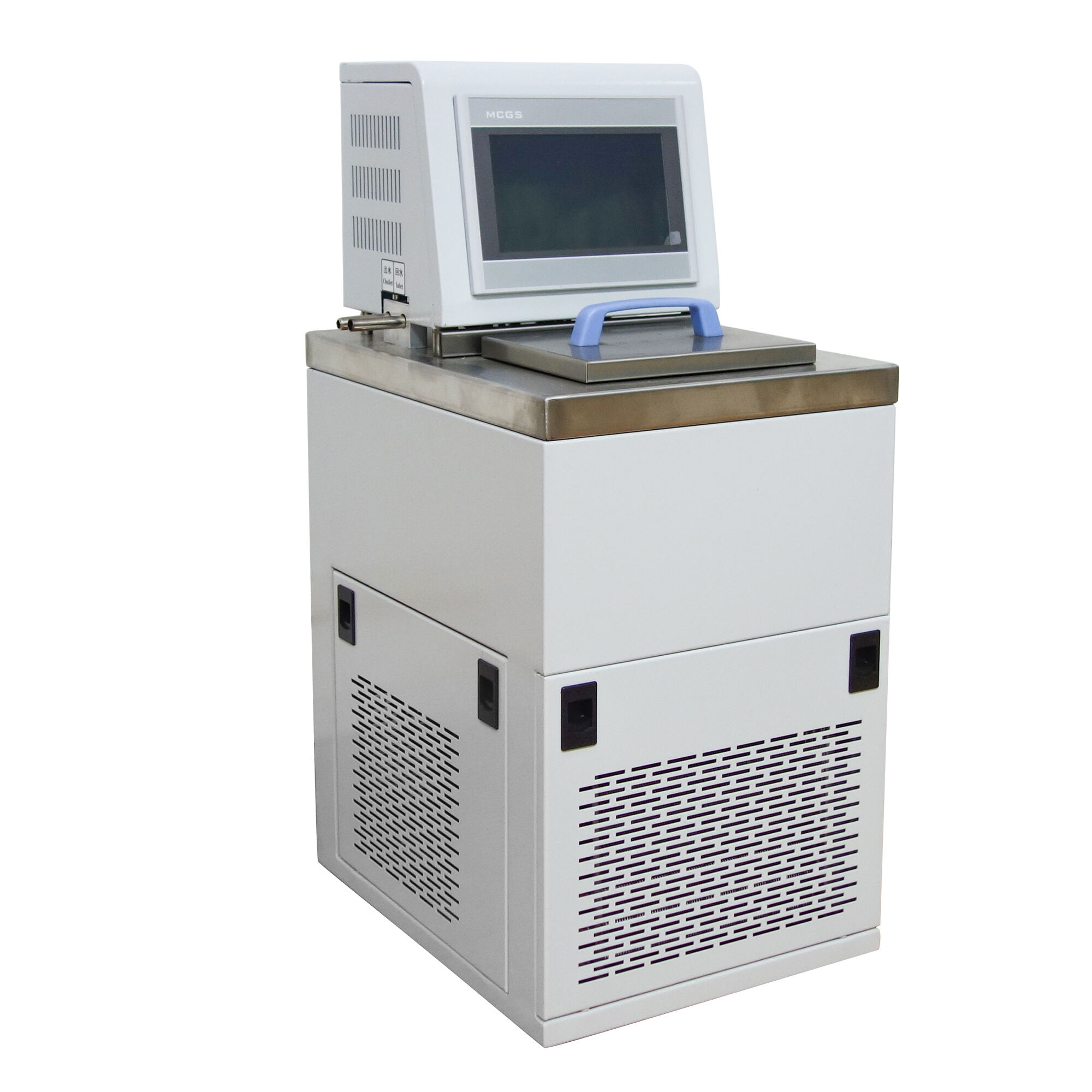heated water bath
A heated water bath is a sophisticated laboratory instrument designed to maintain precise temperature control for various scientific applications. This essential piece of equipment consists of a stainless steel or acrylic container filled with water, heated by electrical elements, and regulated by advanced temperature control systems. The bath provides uniform heat distribution through water circulation, ensuring consistent temperature maintenance across all samples. Modern heated water baths feature digital displays, programmable temperature settings ranging from ambient to 100°C, and safety features such as overheating protection and low water level alerts. These units come in various sizes to accommodate different container volumes and can be equipped with additional features like timers, stirring mechanisms, and gabled lids to prevent evaporation. The precise temperature control makes them invaluable for numerous laboratory procedures, including sample warming, incubation of cultures, enzymatic reactions, and molecular biology protocols. The water bath's design also includes convenient features like drain valves for easy cleaning and maintenance, non-slip rubber feet for stability, and corrosion-resistant materials for longevity.


